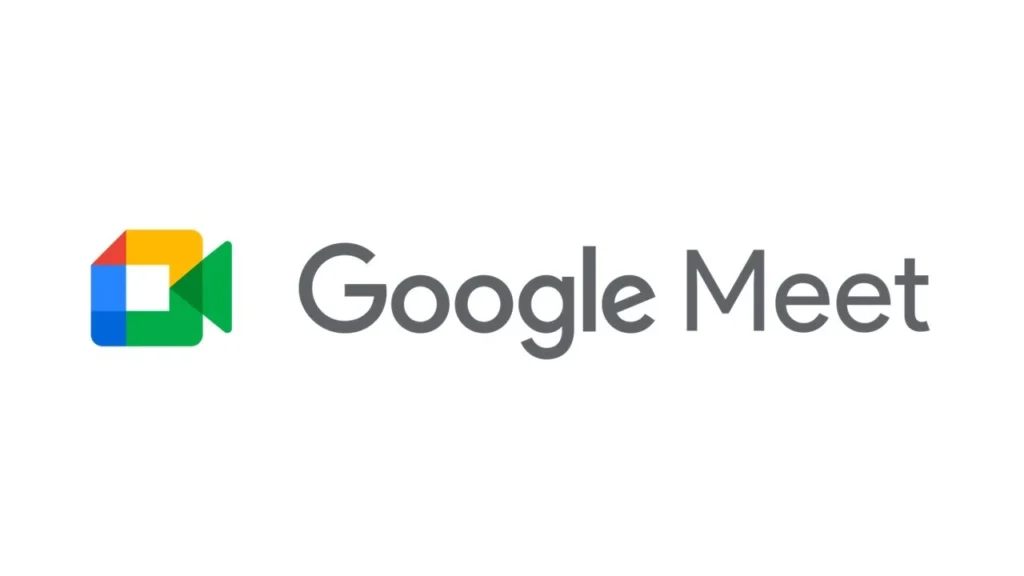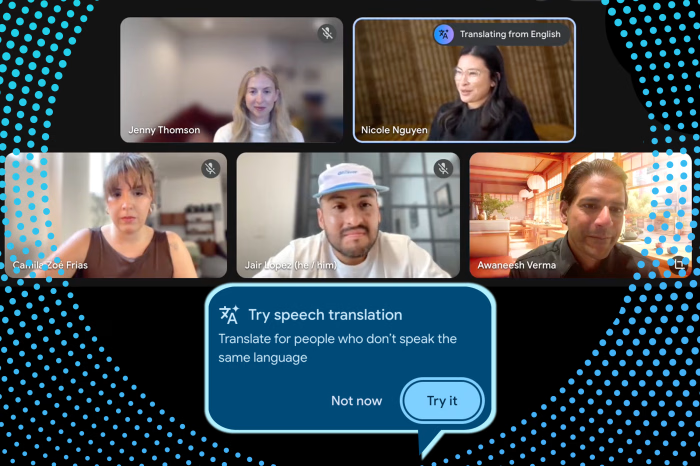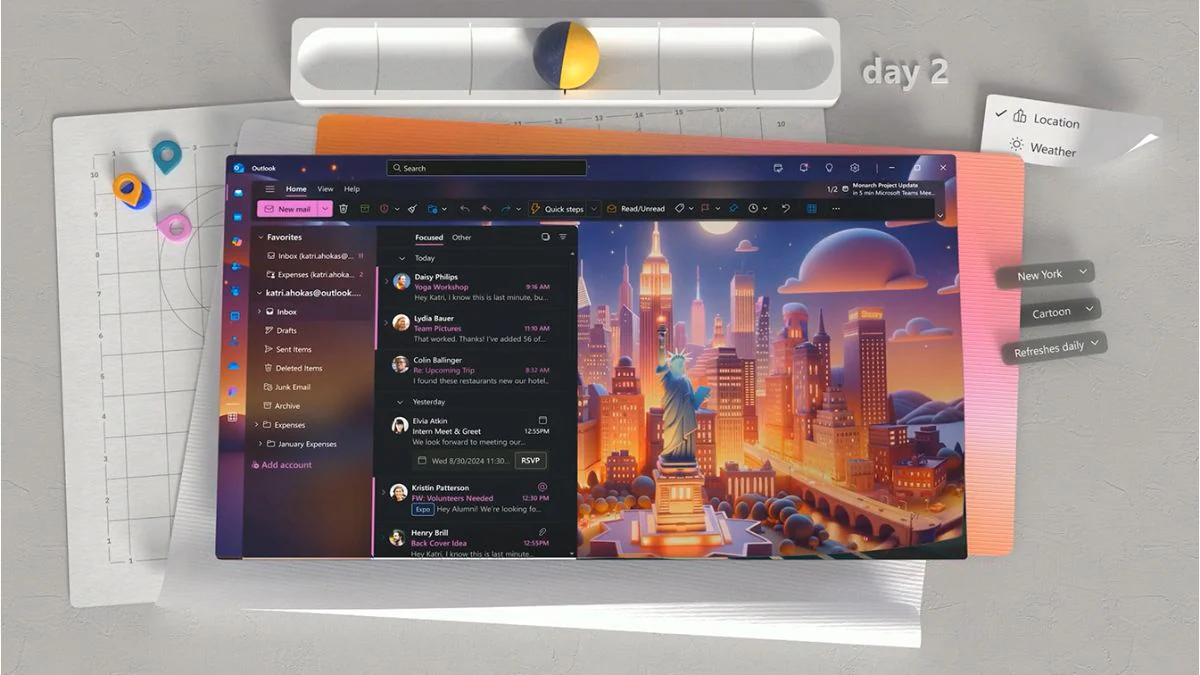
Real-time language translation has long been a goal for global communication, and Google may have finally brought us closer than ever with a new feature in Google Meet. Announced at Google I/O, Google’s latest leap forward combines its Gemini AI with Meet’s video conferencing capabilities, allowing users to hear speech in one language while the recipient hears an AI-generated voiceover in their own. The result? A live conversation across language barriers that sounds more natural, more fluid—and finally, more personal.
Until now, language translation has been a patchwork of tools and workarounds. From auto-translated web pages and rewritten documents to apps like Google Translate, users have often had to stop the flow of conversation to reference or send translated text. Visual translation via camera has helped in travel settings, and speech-to-text apps can bridge gaps, but they still disrupt the immediacy of human interaction. Google’s new approach changes that by creating something far more seamless: a translated conversation that keeps its tone and pacing intact.
During the I/O demo, Google showcased how Gemini-powered voiceover translation works within a Google Meet call. You speak in English, and the person on the other end hears your voice replaced with a synthesized translation—spoken in an AI-generated voice that mimics natural inflection and rhythm. According to Google CEO Sundar Pichai, this may be the closest we’ve come yet to “a natural and free-flowing conversation across languages.”
But even as the demo impresses, questions remain. Real-world translation is about more than just literal words—it’s also about regional dialects, cultural nuance, and informal slang. Anyone who’s tried translation tech in the wild knows how easily nuance gets lost. For instance, translation earbuds that worked well in a quiet environment failed to pick up regional dialects in Taiwan. Even widely spoken languages like Spanish vary significantly across regions, complicating the translation landscape.
Still, context matters. Unlike noisy cafes or bustling streets, Google Meet provides a controlled, semi-formal setting ideal for AI translation to thrive. In scenarios like cross-border negotiations, international remote work, or even something as practical as booking an Airbnb, having real-time translation with voice makes the interaction far more human—and far more effective.
This initial rollout will be available for English-to-Spanish and Spanish-to-English translations, and only to subscribers of Google Workspace, according to Pichai. He added that more languages are on the way, with plans to expand support to enterprise users later this year. While not perfect, this feature might finally be the one that takes live AI translation from novelty to necessity.




